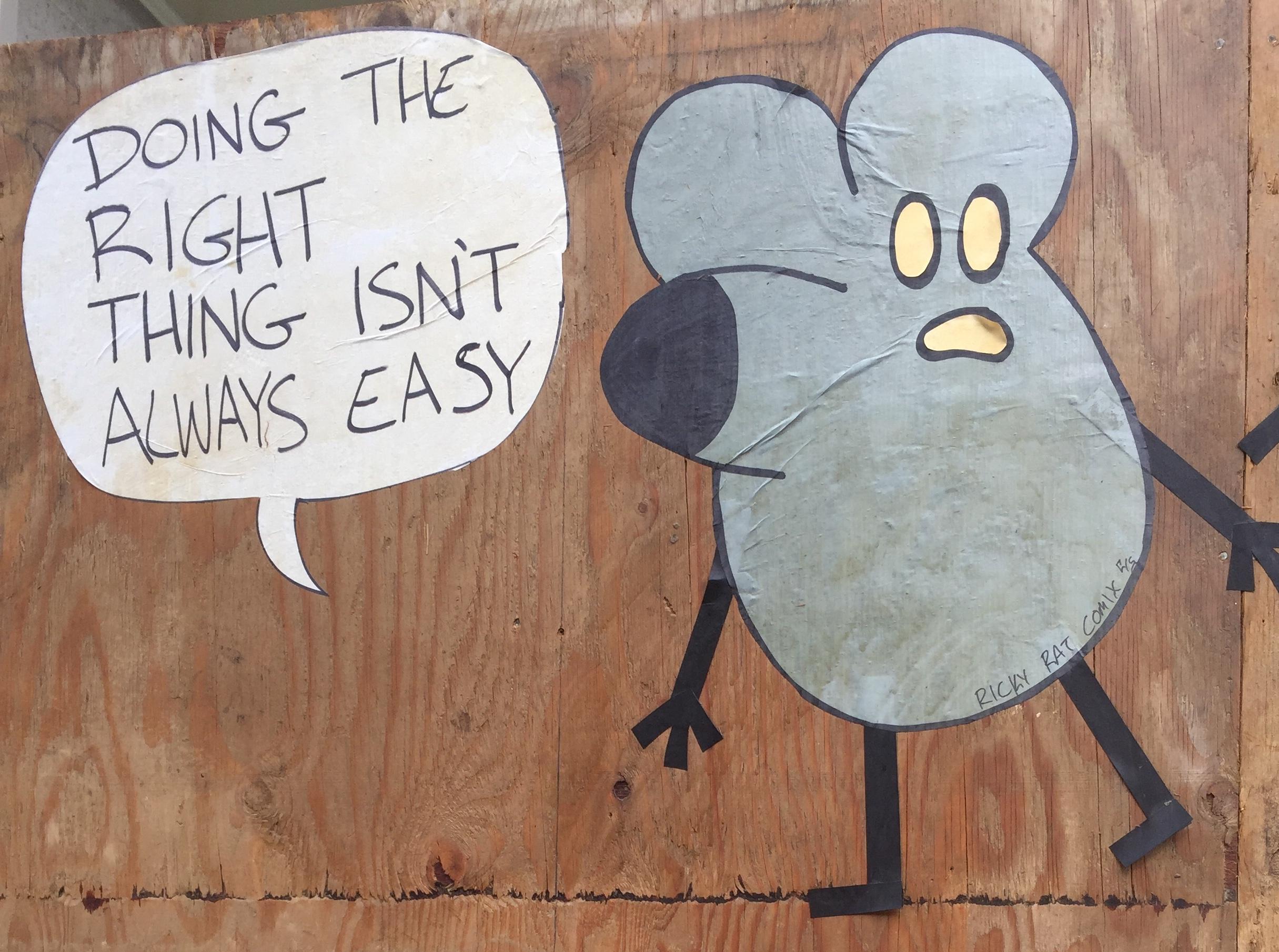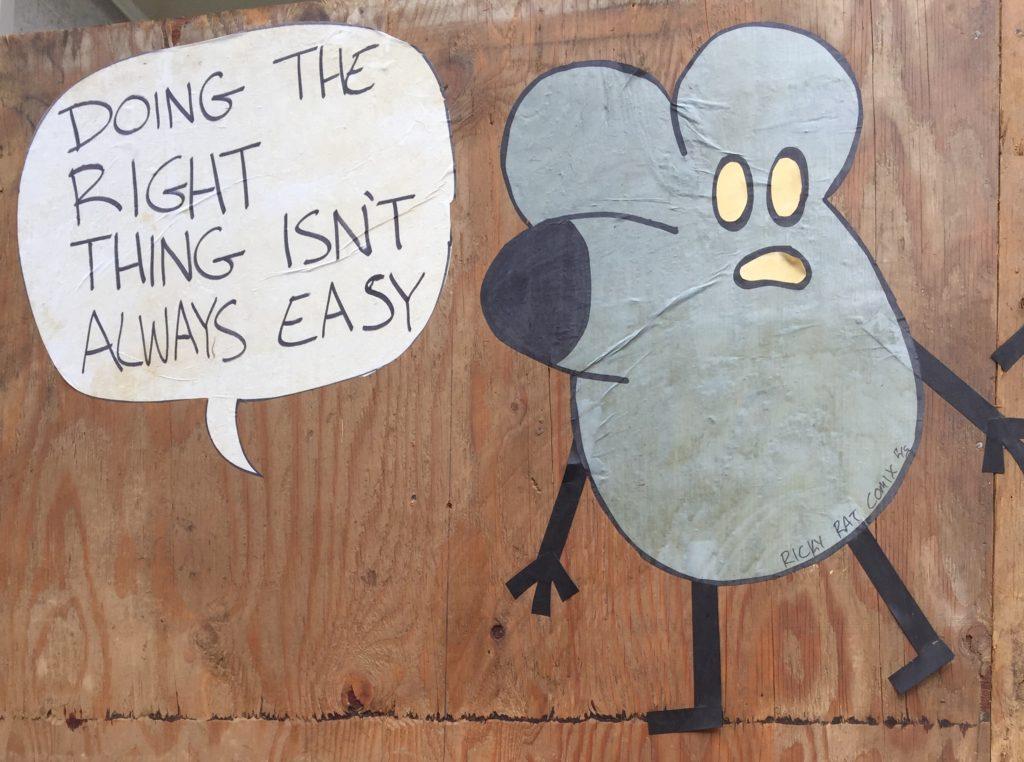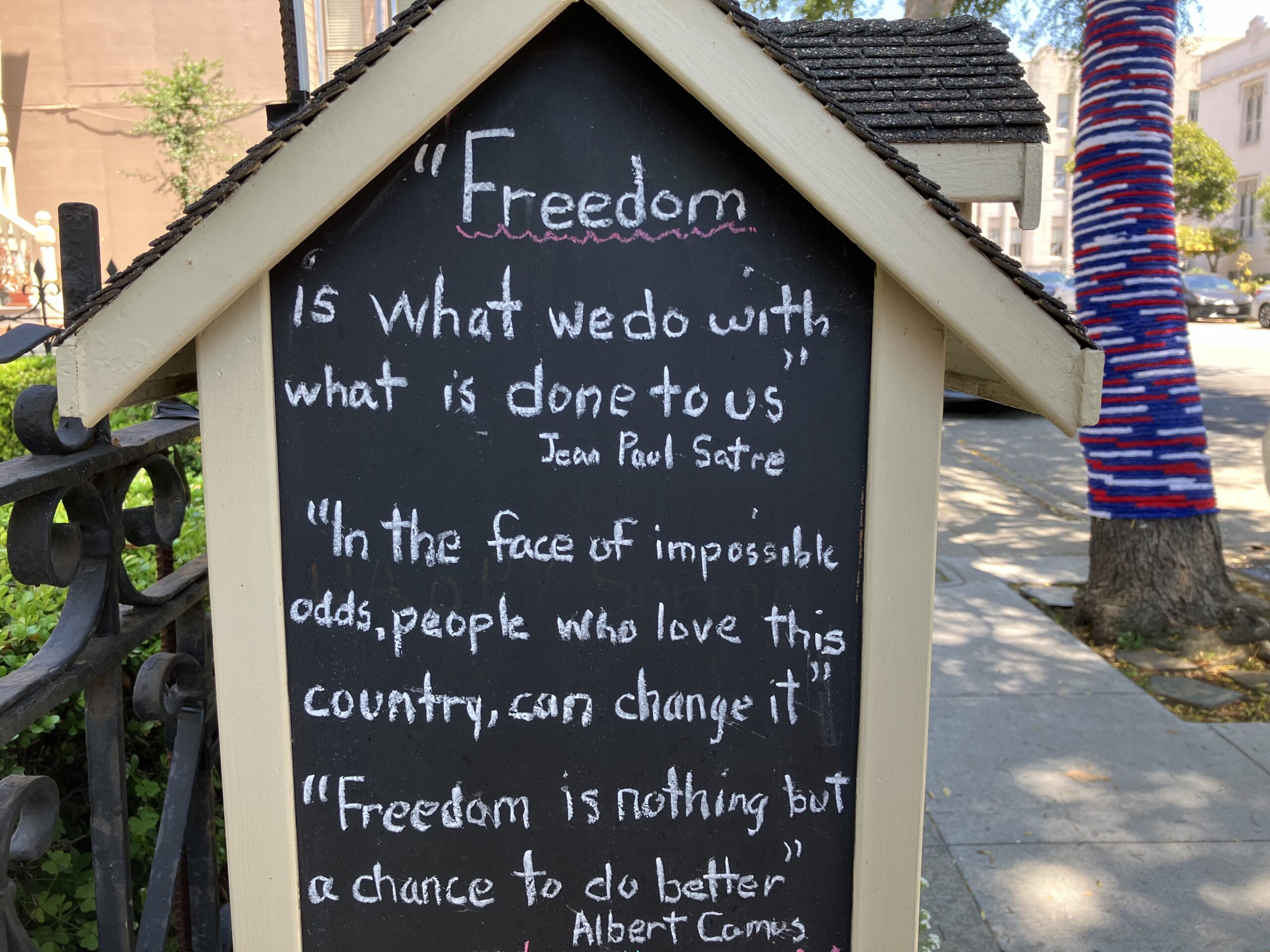Heartbreaking Missed Opportunities: Is Your Nonprofit Falling Short of Its True Fundraising Power?

Survival Depends on Collective Commitment and Deep Support
Too often, fundraising is relegated to an administrative function rather than a mission-central function.
It’s viewed as a ‘necessary evil.’ As a result, either no one embraces it as central to their job description, or someone is hired and shunted off to a corner to do the ‘dirty work.’
Others don’t necessarily feel a need to cooperate or support the fundraising effort.
It’s ancillary, not primary. A cost center, not a revenue center. In fact, I’ll often hear executive directors or board members tell me, with some pride and a soupçon of defensiveness: “We can’t spend money on development staff right now; anything extra we have must go into the mission!”
As if fundraising doesn’t support the mission?
Seriously, that’s the entire purpose of what nonprofits call ‘development’ (aka fundraising and marketing). It derives its purpose from ends served. It’s never an end in itself. What this so-called ‘mission first’ logic fails to acknowledge is everyone associated with your nonprofit is guided by a ‘mission first’ philosophy and has a collective stake in your nonprofit’s survival. And for most nonprofits, survival – or at least some level of mutually desired success – depends on philanthropy.
It takes a dedicated village to generate sustainable, meaningful philanthropy.
When fundraising is treated as an afterthought, relegated to the development committee, or delegated to a single staff member, it disenfranchises a huge segment of folks who care about sustaining the cause. This means you’ll leave money on the table and fail to realize your mission potential.
I’ve found four ways nonprofits don’t wholeheartedly commit to fundraising. They all have to do with typical priorities that aren’t standing them in good stead.
Details


 Everyone’s been saying this, just about daily, for some time.
Everyone’s been saying this, just about daily, for some time.
 These are the best of times. These are the worst of times.
These are the best of times. These are the worst of times.





